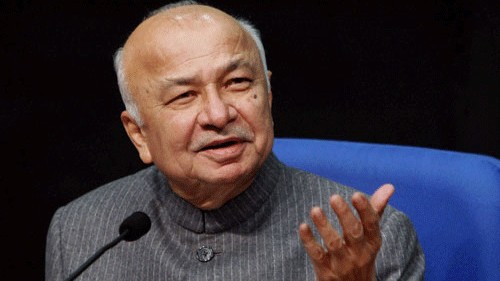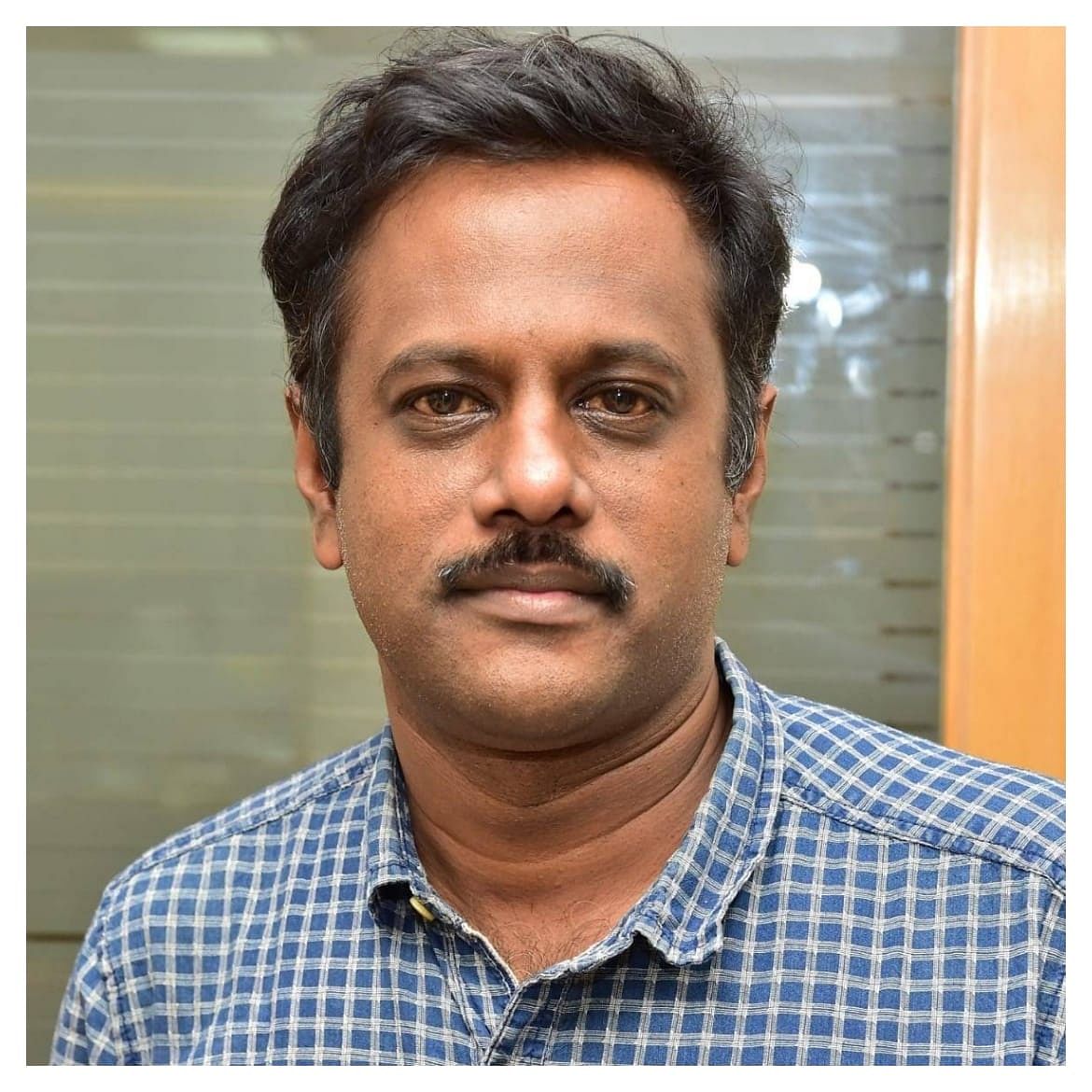
Former Home Minister Sushil Kumar Shinde.
Credit: PTI File Photo
New Delhi: Sushil Kumar Shinde did not invent the term “saffron terror” but came across it in “one of the confidential papers” of the Ministry of Home Affairs and spoke about it in public only after checking the veracity of the claim, says the former Home Minister in his memoir.
At the same time in the memoir which also contains “a note from Sonia Gandhi”, the veteran Congress leader also appears to be in variance with the views of party’s top leader Rahul Gandhi on V D Savarkar saying why don’t one see the “philosopher and scientist” in the Hindutva ideologue rather than focussing heavily on his ideology.
His memoir Five Decades in Politics, which is narrated to senior journalist Rasheed Kidwai, also speaks about how in-house detractors ensured that he did not continue as Maharashtra Chief Minister after the 2004 Assembly victory due to “forward caste considerations” while lamenting that it was ironic that his caste would become a “hurdle”.
Shinde, who was then the Home Minister, had triggered a controversy in January 2013 when he told a Congress ‘Chintan Shivir’ in Jaipur about “saffron terror” and how the MHA investigations had revealed that some saffron organisations were conducting training camps to spread terrorism.
“I had come across the term ‘saffron terror’ in one of the confidential papers prepared by the Union Home Ministry. But it was an issue that had the potential to snowball into a huge controversy since the BJP and its ideological fulcrum, the RSS, were apparently involved,” he recalls in his memoir released on Monday.
“I was, therefore, careful to first check the veracity of the allegation before going public with it,” he says, adding that he carefully chose the term and never referred to it as Hindu terrorism.
He says then Home Secretary R K Singh, who later became a Union Minister in the BJP government, had seconded the view and said, “Yes there is evidence…” Shinde recalls that it was a “pleasant surprise” because it was rare to see an IAS officer dwell on politicised issues and felt that it was “courageous” of him to do so.
However, he says Singh would subsequently say that that the Minister had coined the term and that he had never used it after joining the BJP.
Shinde also recalls a May 1983 event in Nagpur to unveil a statue of Savarkar saying he was there because he held the Hindutva ideologue in high esteem for his contribution to eliminate untouchability and casteism.
As a controversy erupted over RSS chief Balasaheb Deoras sitting on a chair and others on a mattress, Shinde clarified that the RSS chief had taken permission to sit on the chair as he suffered from severe arthritis and diabetes. He said he “stood firm” in backing Savarkar, arguing that he had great regard for his efforts to end casteism.
At a time Rahul is facing court cases for his criticism of Savarkar, Shinde says, “I wonder often, why, when it comes to Savarkar, we tend to focus heavily on his ideology of Hindutva? His personality had several other dimensions. Why don’t we see the philosopher and scientist in him? In fact, Savarkar often suffered because he strived for social equality and for the uplift of Dalits. Such narrowness of thought is a challenge before us.”
He also recalls how he lost the race to be the Chief Minister of Maharashtra in 2004 when Congress and NCP fought together. NCP had then chosen R R Patil as its leader and the Congress leadership was “led to believe” that a “tough Chief Minister would be needed to handle a strong Maratha satrap”.
“My opponents had succeeded in convincing our party’s observers from Delhi that if a Maratha leader was not named the Chief Minister in my place, the community would switch loyalties to the NCP…This argument my opponents came up with – to remove me from the post – came as a shock to me, because not only had I functioned well as Chief Minister but I had also steadied the sinking Congress ship in Maharashtra,” he says.
“It was ironic, I felt, that my caste would become a hurdle after I helped the party do well,” Shinde recalls.
